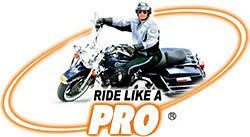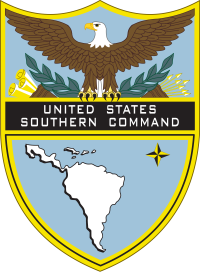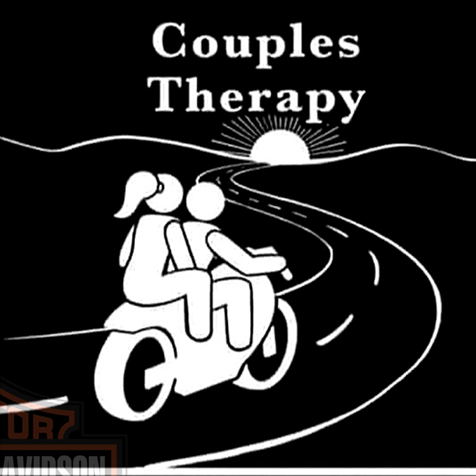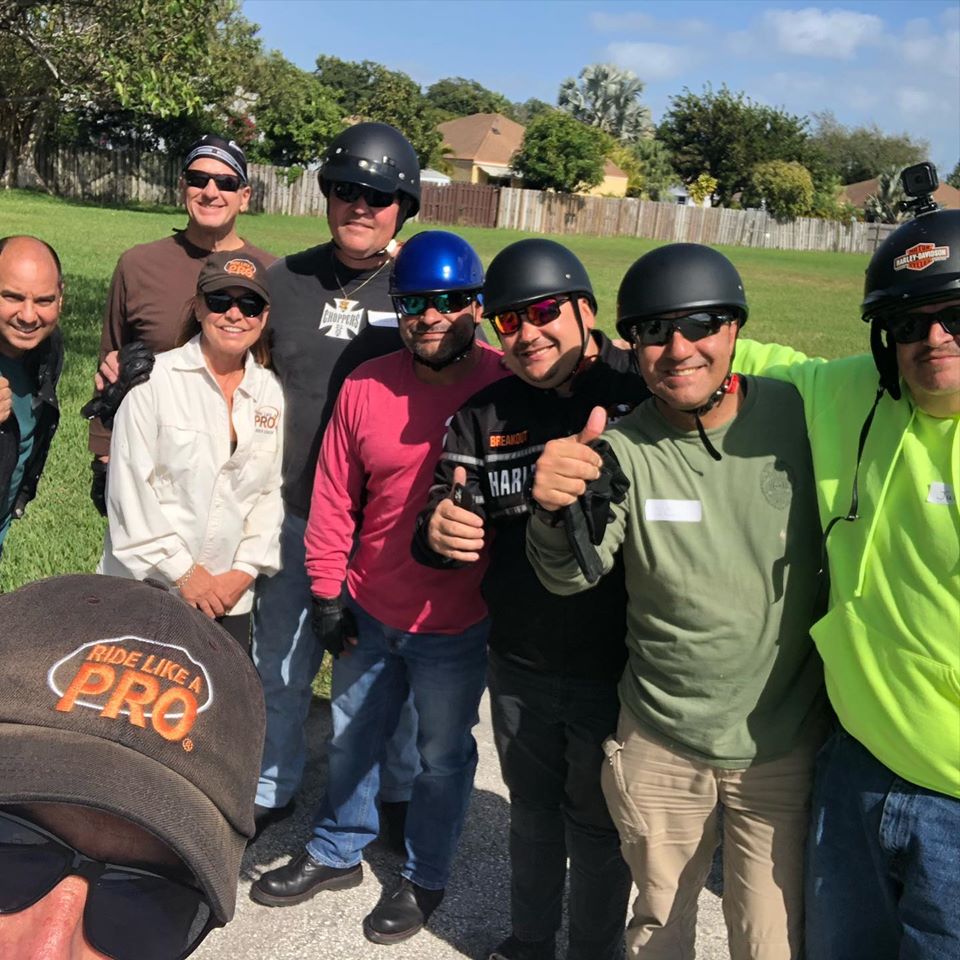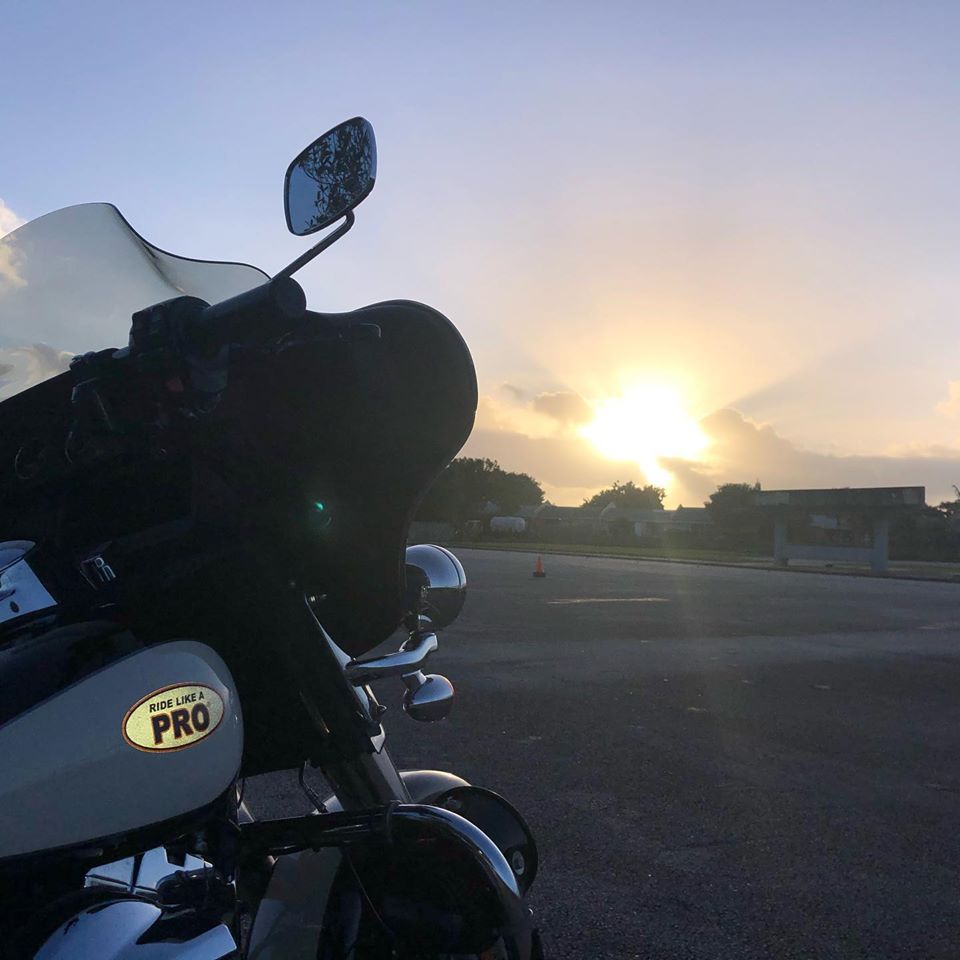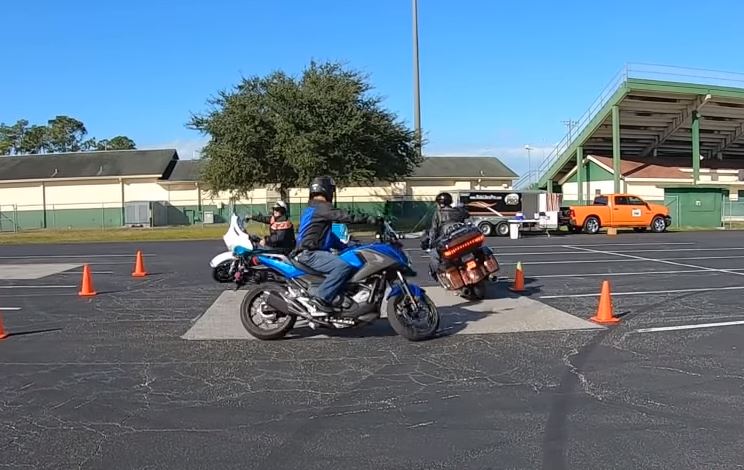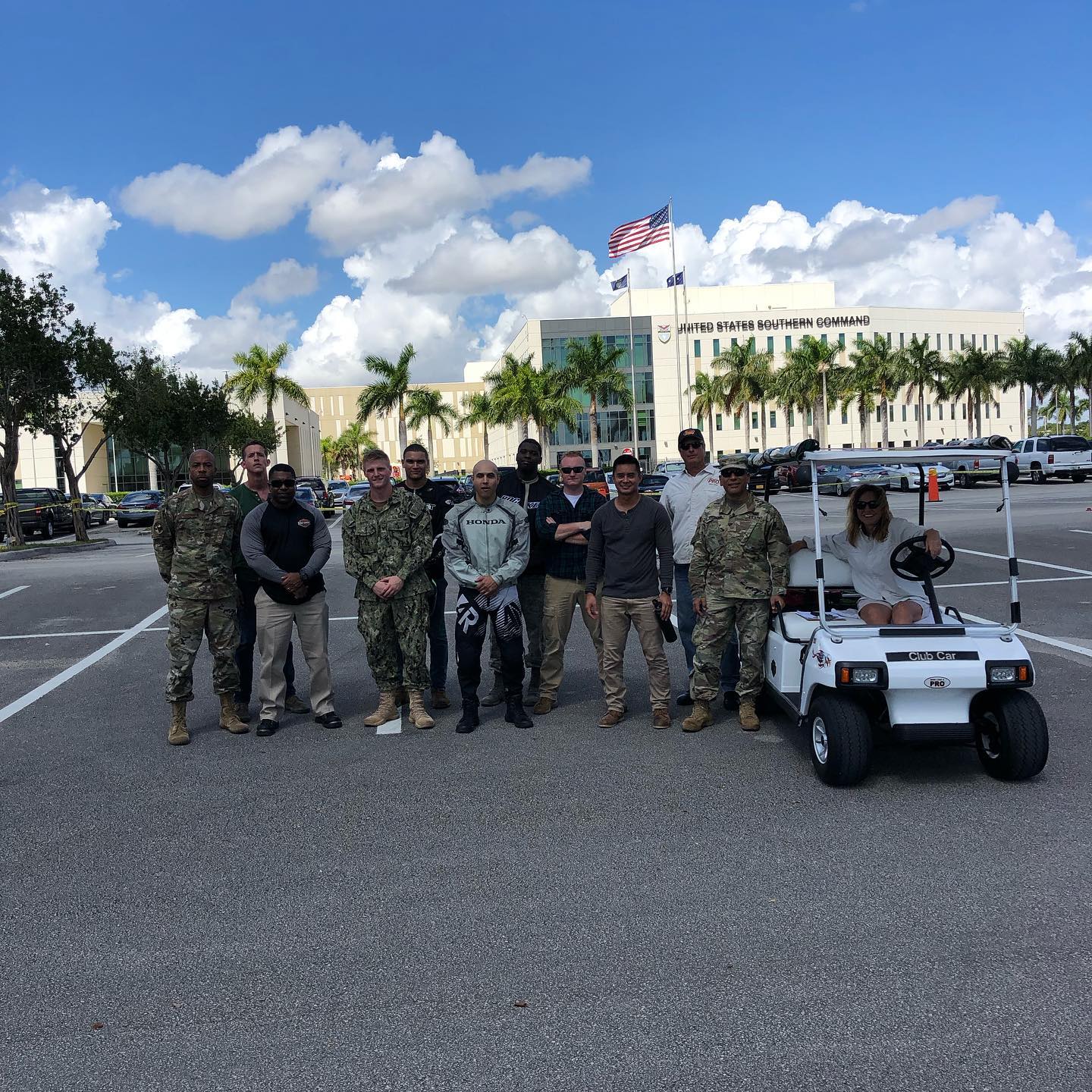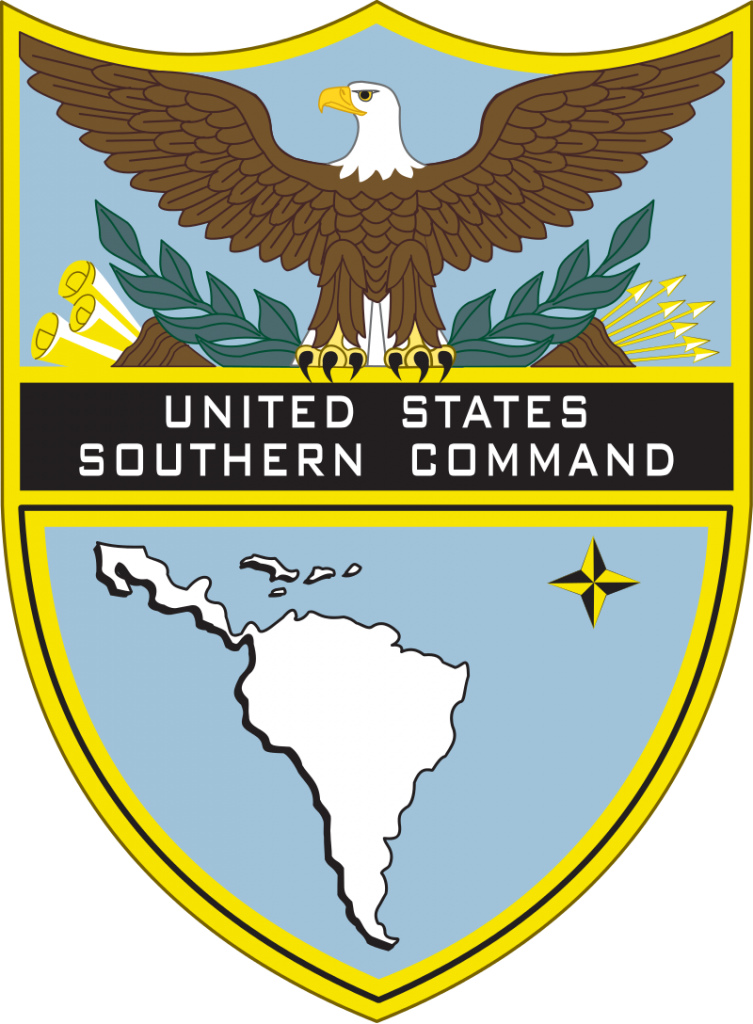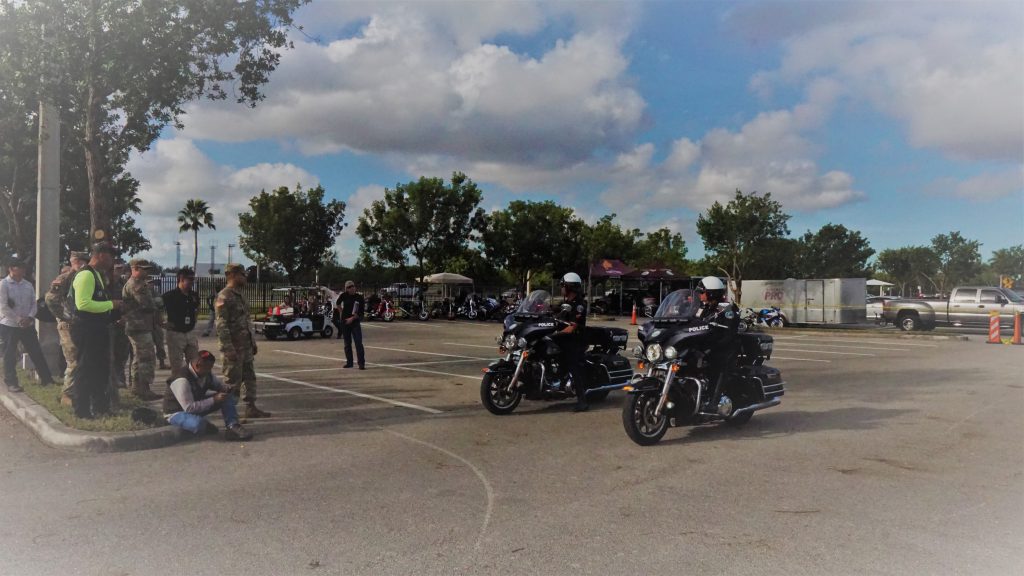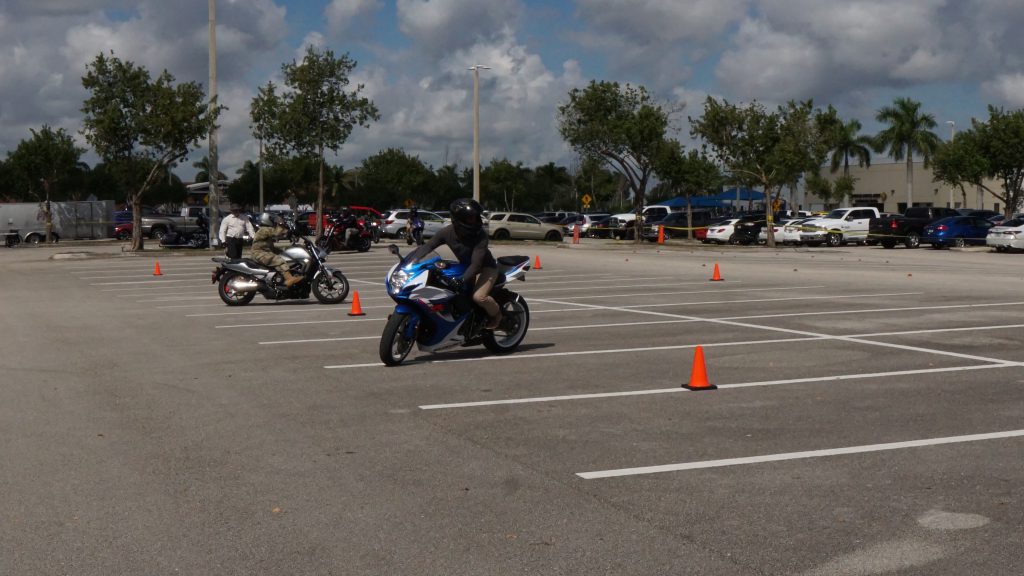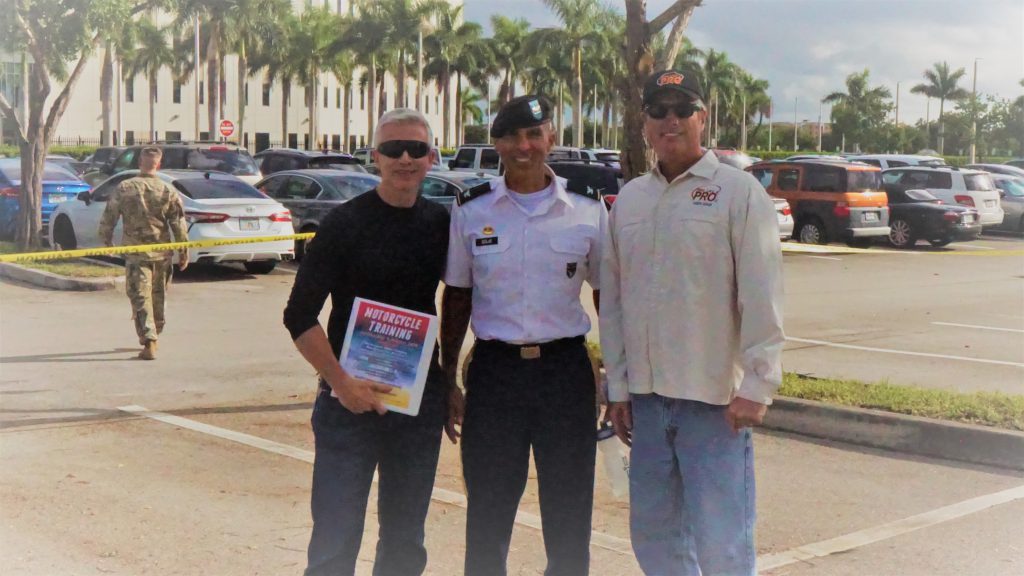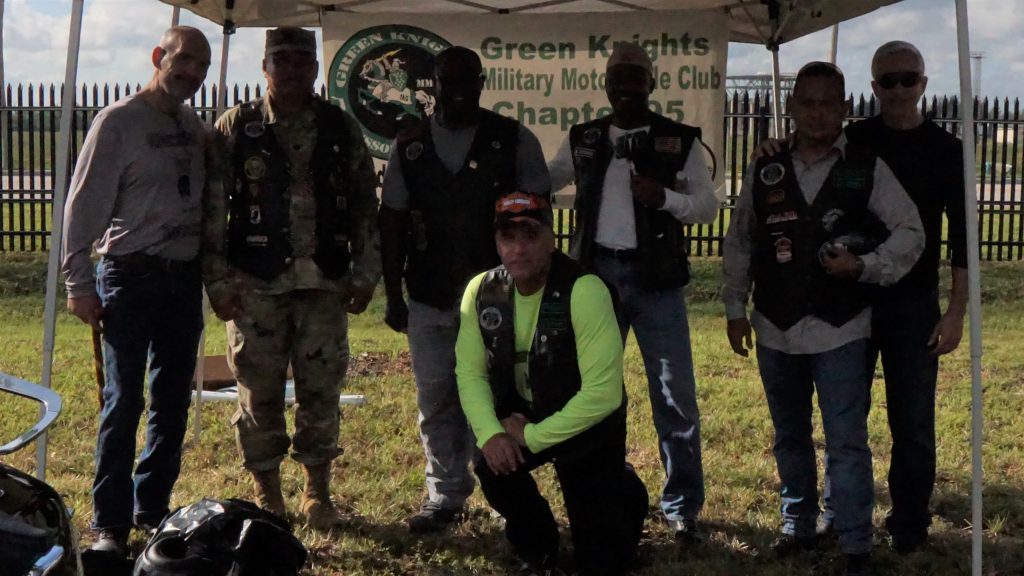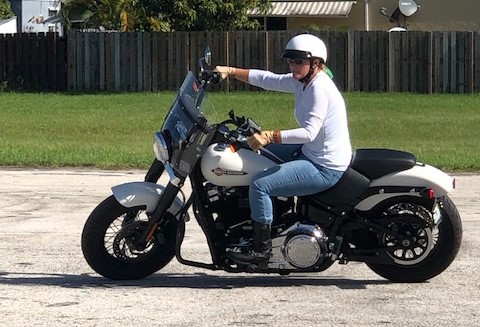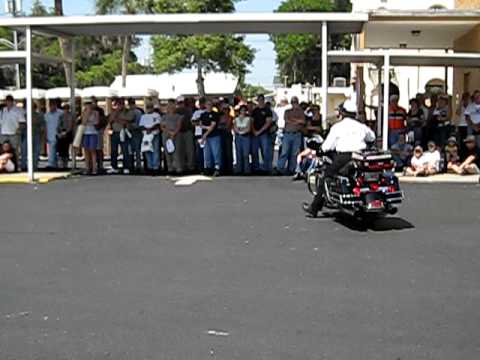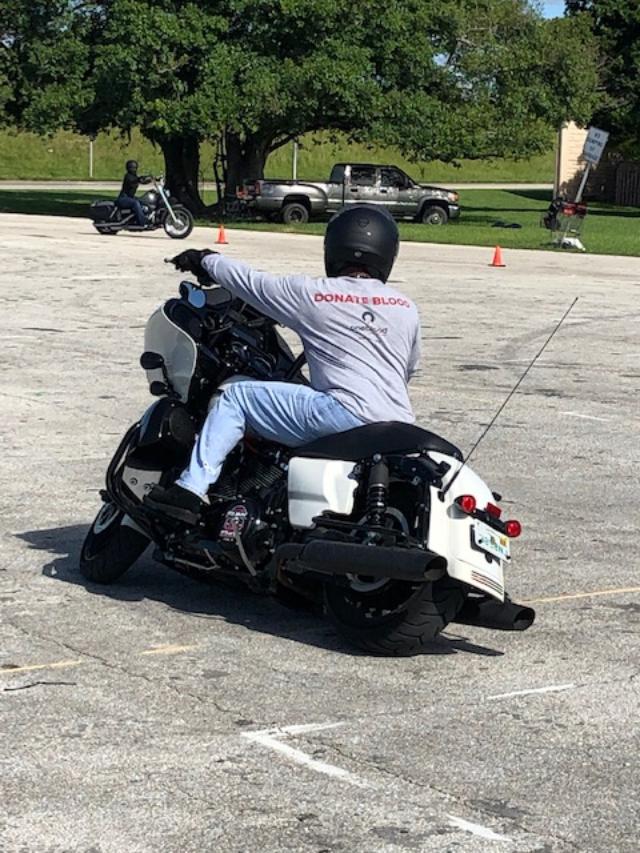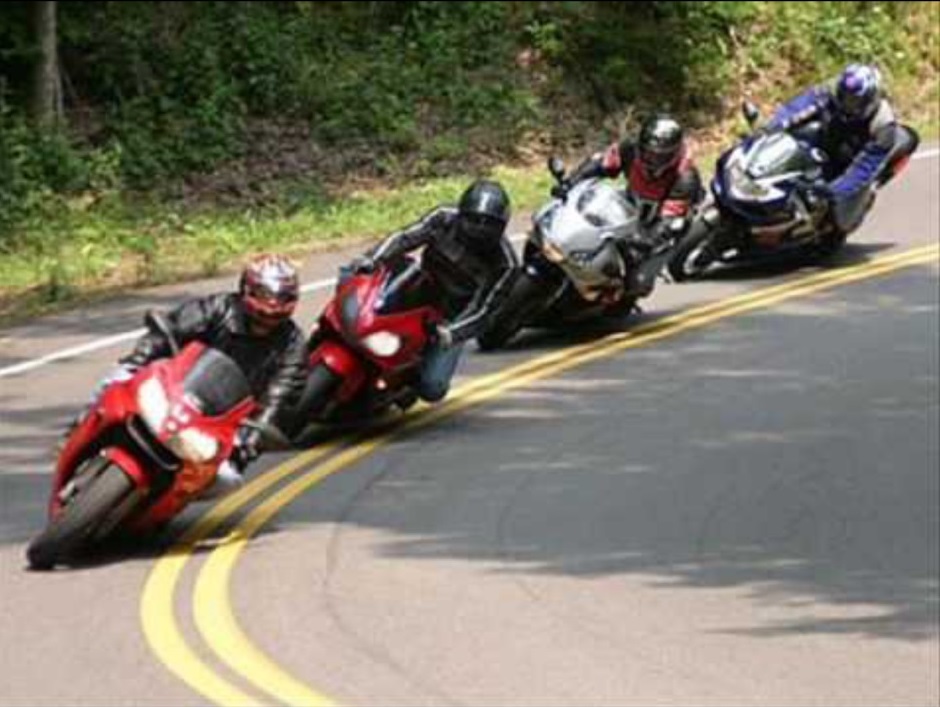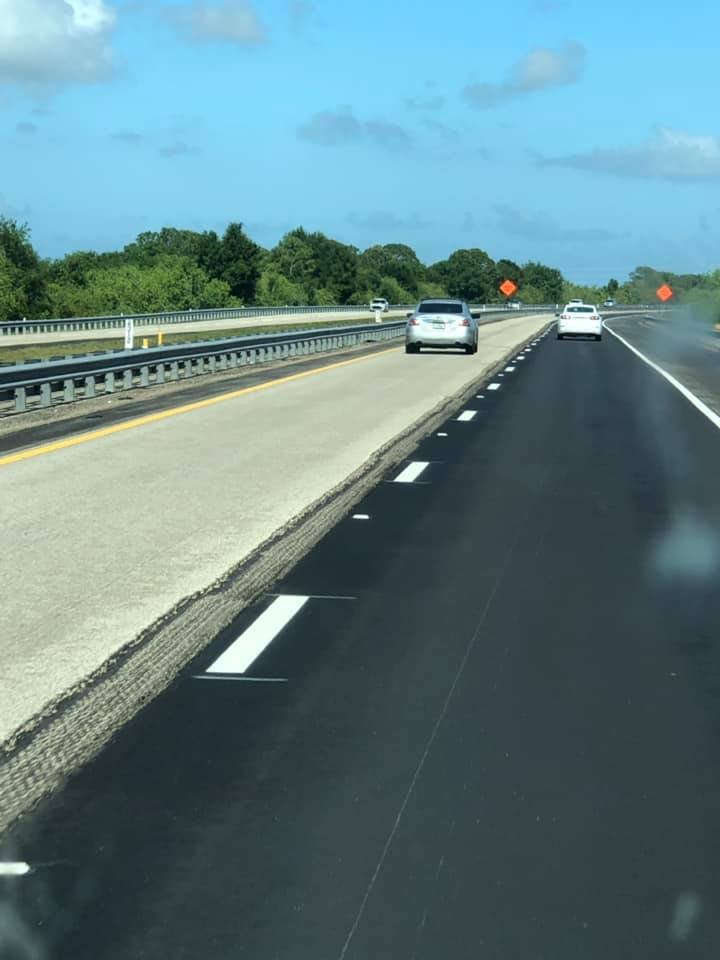USAG-Miami/USSOUTHCOM Motorcycle Safety Training October 2, 2020
On October 2nd, 2020, a group of 16 active duty military motorcycle enthusiasts took on the challenge of learning to take their two-wheeled machines beyond their normal riding experience and limits at the Homestead Air Reserve Base. They learned new skills to complement their riding abilities by learning the proper techniques for slow speed maneuvering, u-turns and much more building their confidence to ride their motorcycles the way they were designed to be ridden.
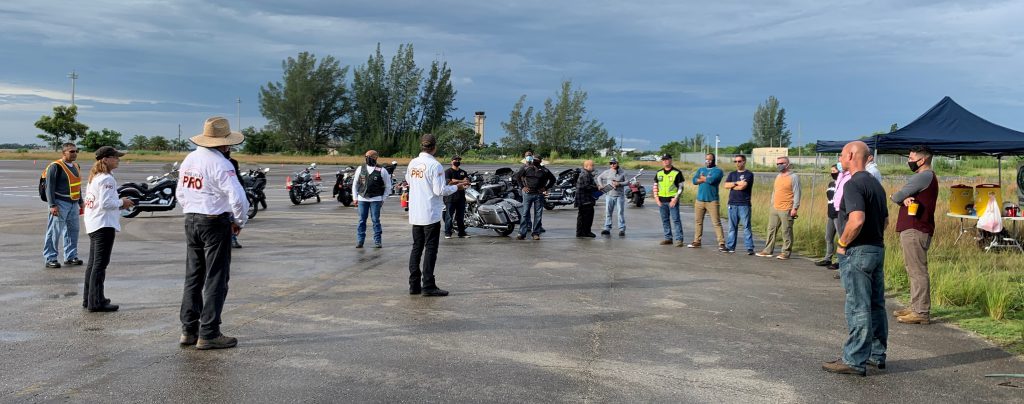
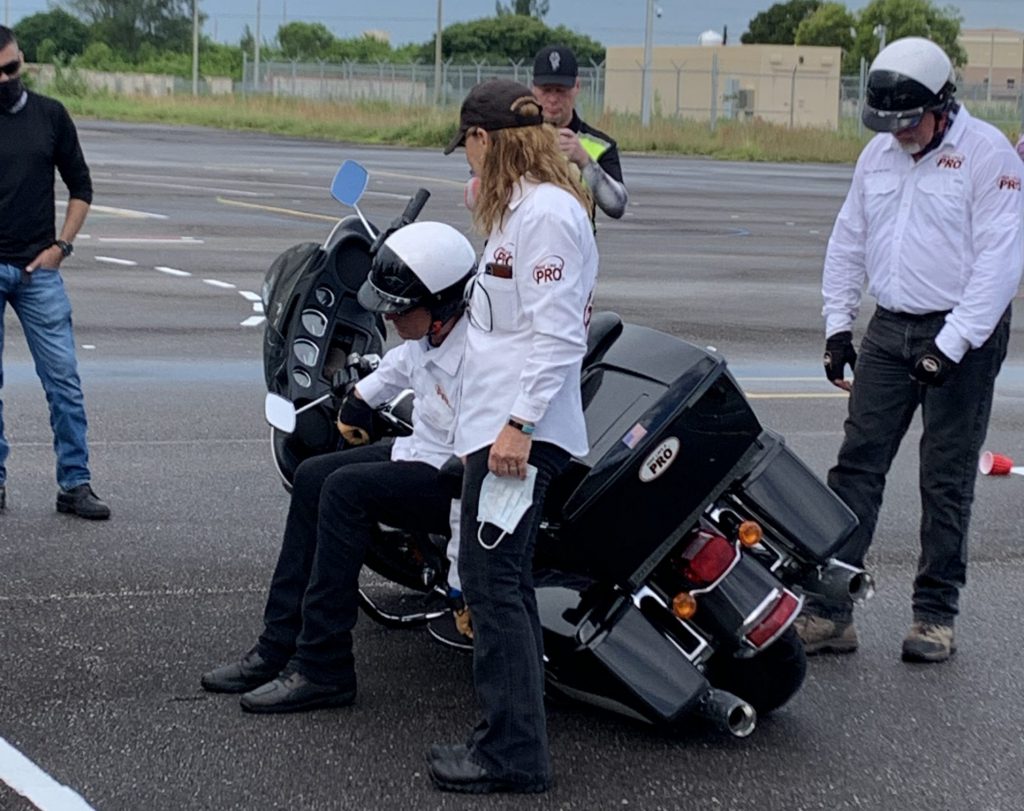
The first part of the class taught the group how to use the Friction Zone by executing an exercise called Slow Race. The exercise consists in going in a straight line by using the friction zone while maintaining proper rider/motorcycle coordination.
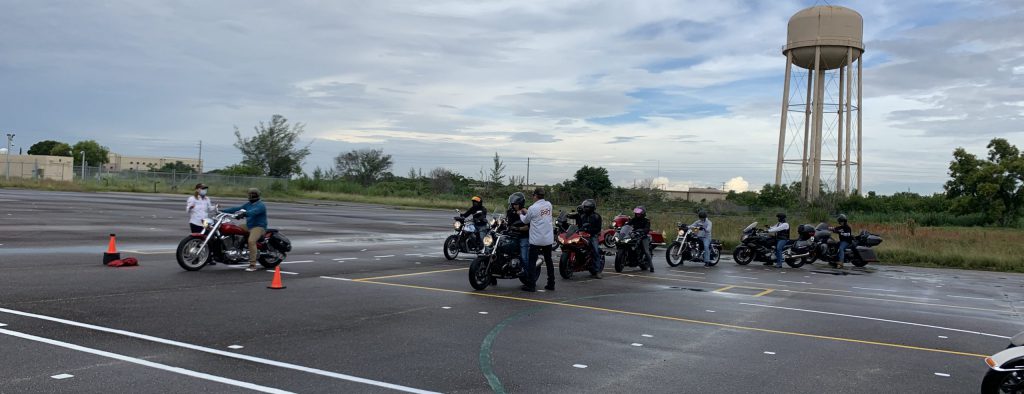
Next, the Ride Like Pro Miami team coached the riders on the Slow Cone Weave. This exercise required the riders to weave through the cones placed at 14 and 12 feet apart while using what they learned from the first exercise, the use of the friction zone and rear brake and added vision related techniques. The tendency most riders have, as most do, is to look down at the cones as they weave through them. After several runs, the riders were weaving through the cones like pros!
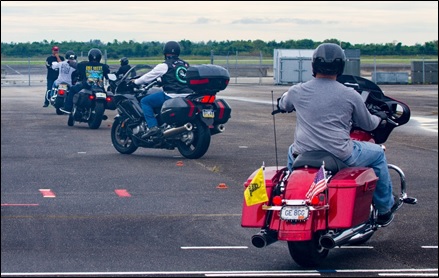
The exercise increased in difficulty by adding a u-turn within a 30 foot squared section of the course. Here, the riders start to combine techniques learned from the previous exercises where friction zone, eye and head coordination and rear brake are key to perform the turn.
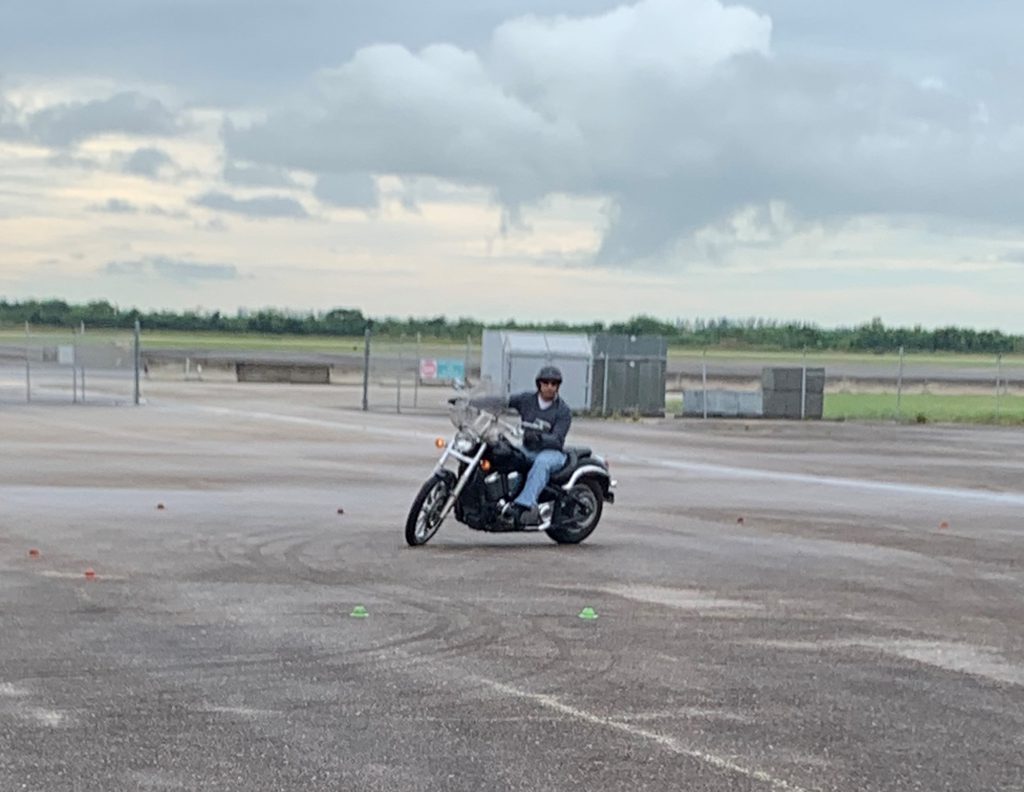
Next, the riders were challenged by learning to weave through two sets of cones, parallel with 30 feet separation between cones and offset by 12 feet. This exercise is called the Offset Cone Weave. This exercise is a great way to increase their confidence to lean the motorcycle at slow speeds with proper counter balancing technique, eye/head coordination, rear brake use and overall lose the fear of leaning the motorcycle.
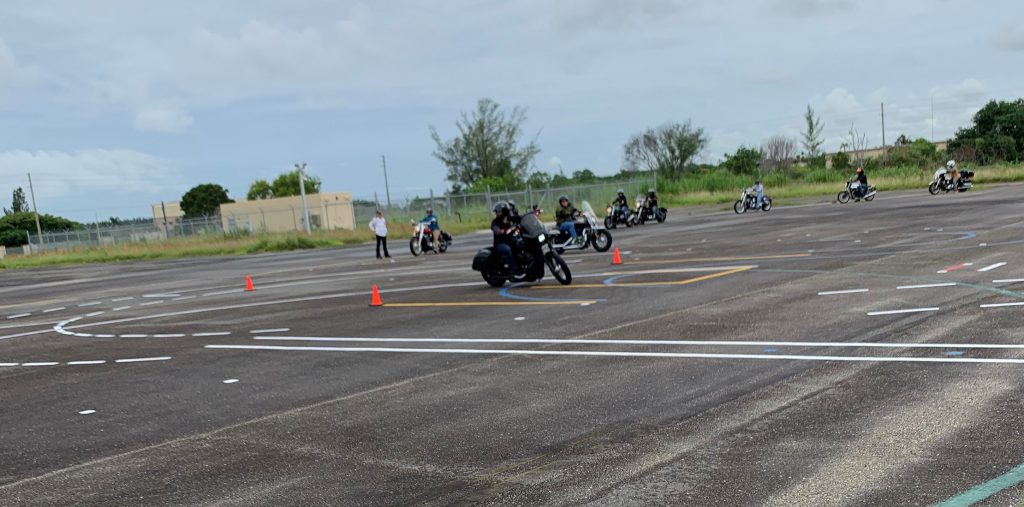
From there, the group went on to practice other exercises using the same techniques. The feedback from the team was great, the skills improvement was very noticeable but even more important, the riders walked away with new skills that are key for surviving the mean streets of South Florida.
We would like to extend a special thanks to the sponsors of the event (and we hope we got all the names and ranks correct!):
- USAG-Miami Safety and Occupational Health Manager: Mr. Jose R. Melendez
- USAG-Miami – Directorate of Emergency Service (DES): Mr. Andes Garcia (SUPV. Security Spec.)
- USSOUTHCOM Motorcycle Mentor: SFC John R. Gutierrez (folks, thank his wonderful wife for the delicious pretzels!!)
- Green Knight Military Motorcycle Club, Chapter 95: Mr. Todd A. Peach, Mr. Oscar L. Ortiz, Mr. Eddie L. Richardson, & Mr. Jose L. Torres-Cruz
- USSOUTHCOM Commandants Office (COL Alexander C. Murray & 1SG Moises Sotomayor)
- SOCSOUTH Safety Specialist Mr. William “Jody” Baker
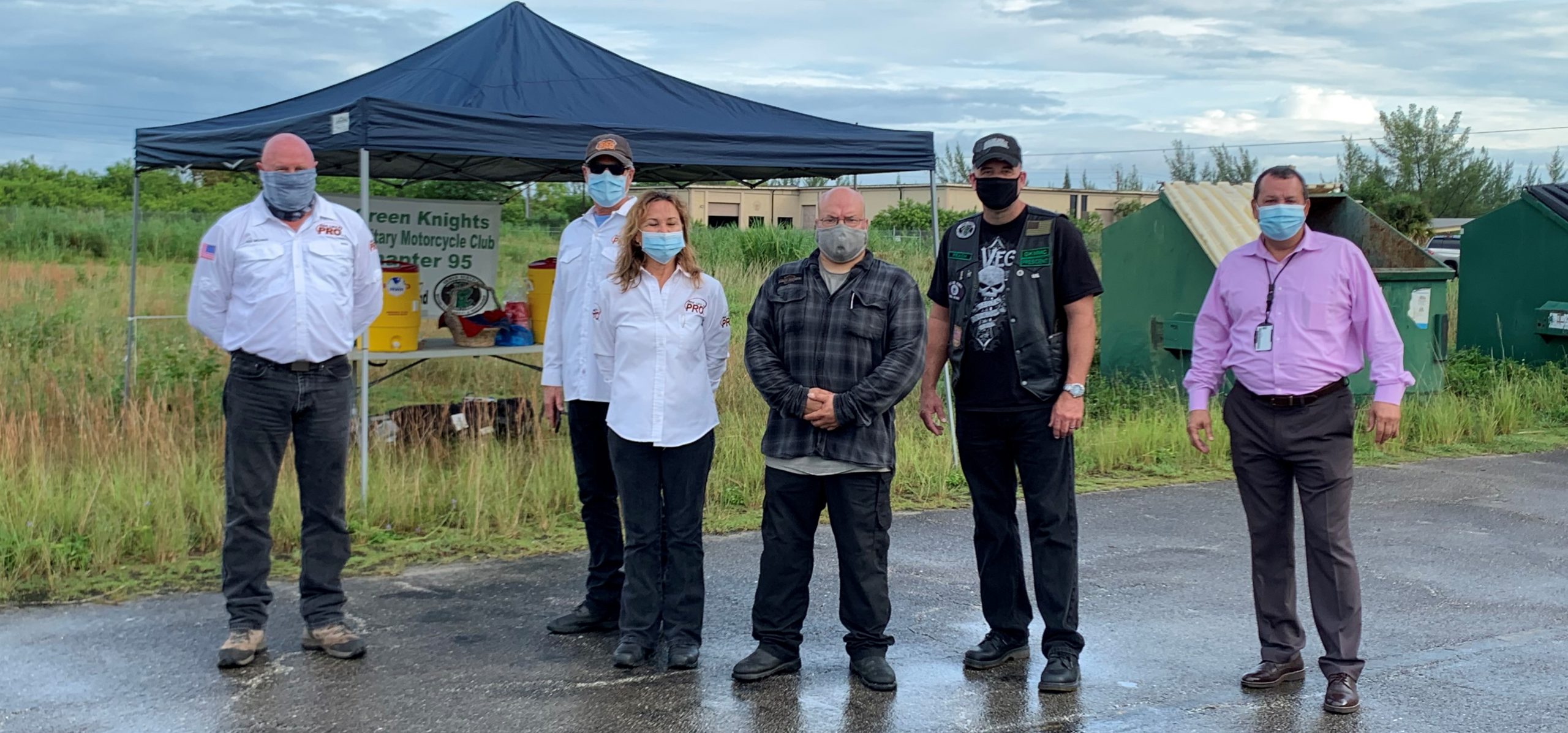
Congratulations to all participants: PO2 Sonia Lopez, MAJ Carlos Calderon, SGT Antonio Escandon, CDR Eric Pare, SSG Guillermo Oeding, CW4 Teflon Wint, SFC Norman Vickers, MAJ Craig Zoellner, PO2 Remus Cristobal, LTC Andres Munera, SFC Tracy Zimmerman, MAJ Jesus Raimundi III, SPC David Kesicki, Mr. David Paul, SFC Robert Grubaugh, SFC John R. Gutierrez.
THANK YOU FOR YOUR SERVICE!
